
What’s old is new again. The saying is never truer than when it comes to writing for children’s magazines. Did you think that magazines for children and teens had gone the way of the dinosaur with the proliferation of tablets and other electronic devices which children and teens have so enthusiastically embraced?
Nothing could be further from the truth. In fact, the use of tablets, smart phones, and other such devices have spawned online magazines in addition to print ones. Digital editions may have additional content since the publishers do not have to pay more for print costs. This is a plus for writers as it means that editors need more pieces than ever.
Themed Magazines and Theme Lists
A themed magazine focuses on a particular subject in every issue (such as American history after WW II). This is different from a more general-interest periodical that has a monthly theme for feature pieces (a nature magazine with a January theme of hibernating animals). You can learn about these themes and theme lists on the magazine’s web site. Familiarize yourself with them. Submitting a query or a story that has nothing to do with the theme is one of the fastest ways to mark yourself an amateur. Worse, an editor may think that you don’t care enough to find out what he/she is looking for. (Note: Theme lists have submission deadlines for each issue, often 6-18 months before publication date.)
Denominational Magazines
These are usually magazines with relatively small circulation and targeted toward specific religions or denominations. They frequently do not pay a great deal. However, one of the perks of writing for the denominational market is that you may be able to re-sell your story or article over and over as the readership of these magazines generally do not overlap. Of course, you’ll let the editor know if you’re sending in a piece that has already been published in another magazine.
Queries Required
Querying a magazine is much the same as sending in a book query. Study the magazine first. Understand what its audience is. Make your query shine. It doesn’t hurt to have a writer friend look it over. Don’t turn off an editor before you get out of the gate by turning in a sloppy query filled with misspellings, poor grammar, and inaccuracies. And, for heaven’s sake, make sure you spell the editor’s name right. Set your query up as a business letter, with your name and contact information, the date, a salutation, and the query itself.
Nonfiction pieces usually require that the author query before submitting. Some magazines also ask that you add a bibliography of your research sources to your query letter. You can up your chances of having your query hit its target by studying the magazine in advance. Know the underlying premise and purpose of the magazine. Is it a science-based publication? Is it related to a specific organization, i.e. Boy Scouts of America, which sponsors Boy’s Life? Sending a query about how to be more popular in school isn’t likely to be accepted by a magazine that focuses on health.
What can you do to increase your chances of having your query accepted? Include in it the slant you will take on a topic that will be both child-friendly and unusual enough that it doesn’t sound like everything else the magazine publishes. Editors are fond of saying that they want “the same but different.” Include the word count of the finished piece. Don’t plan on sending in a 1500 word piece when the writers’ guidelines clearly state the word limit is 900. That wastes everyone’s time.
More and more magazines are requiring a query for fictional pieces as well as nonfiction. Ignore this step at your peril. I had written for a particular children’s magazine for several decades, sending in stories without ever sending in a query. I was fortunate enough to sell well over half of my submissions. (I don’t know about you, but for me this is a great percentage of sales.) Several years ago, the magazine’s editorial board made a decision that authors needed to query the magazine before submitting a story. Though I resisted the idea at first—after all, I’d sold hundreds of stories without ever sending in a query—I began to see the wisdom of the change in policy. Queries are quick and easy to read, allowing editors to immediately make a decision on whether or not to give the go-ahead. What first seemed a drawback became a plus as my acceptance rate climbed to nearly 90%. It pays (in dollars and cents) to follow the guidelines.
The Submission Itself
Some writers for children’s magazines believe that they shouldn’t send in their “best stuff” because they want to save it for a book. This is foolish in the extreme. Every submission, whether article, story, or book, should be your “best stuff.” If you think an idea is mediocre, chances are the editor will as well.
Ask yourself these questions before submitting:
✏ Does my piece (fiction or nonfiction) fit the parameters of the magazine? For example, you won’t want to send a piece about birth control for teens to a magazine that promotes adherence to strict religious values. Nor will you want to send an article about religions around the world to a magazine that is purely secular in scope and content.
✏ Does my piece fit within the word count? If not, shorten it. If your story is directed to very young children, the word count may be even less than the standard word count. One magazine I write for wants their stories to come in at around 600 words, but stories for the preschool set are only 250 words.
✏ Does my piece fit within the magazine’s general theme or an upcoming theme on the theme list?
✏ Does my writing fit the tone of the magazine (conversational, literary, informational, etc.)?
✏ Is it free from misspellings, grammar mistakes, and other “oops?”
✏ Have I read several back issues of the magazine, and scanned the table of contents of at least a year’s worth of issues to be sure I’m not repeating an idea that was recently published? (You can find back issues of many magazines at the library.)
Final Words
Where should you look for magazines accepting articles and stories for children’s magazines? CBI is a great place. Look at other guides for writers as well, such as Children’s Writer’s & Illustrator’s Market, an annual guide published by Writer’s Digest which has an entire section devoted to children’s and teen magazines. You can also simply type in “magazines for children” into your search engine and then look for submission guidelines on each publication’s website. Many also offer sample issues online for you to study.
Why should you write for children’s magazines? Your goal is to write and sell books. That’s great. But don’t dismiss this market. Selling a story to a children’s periodical gives you that all important credit on your writing resume. Writing short stories and articles hones your writing skills
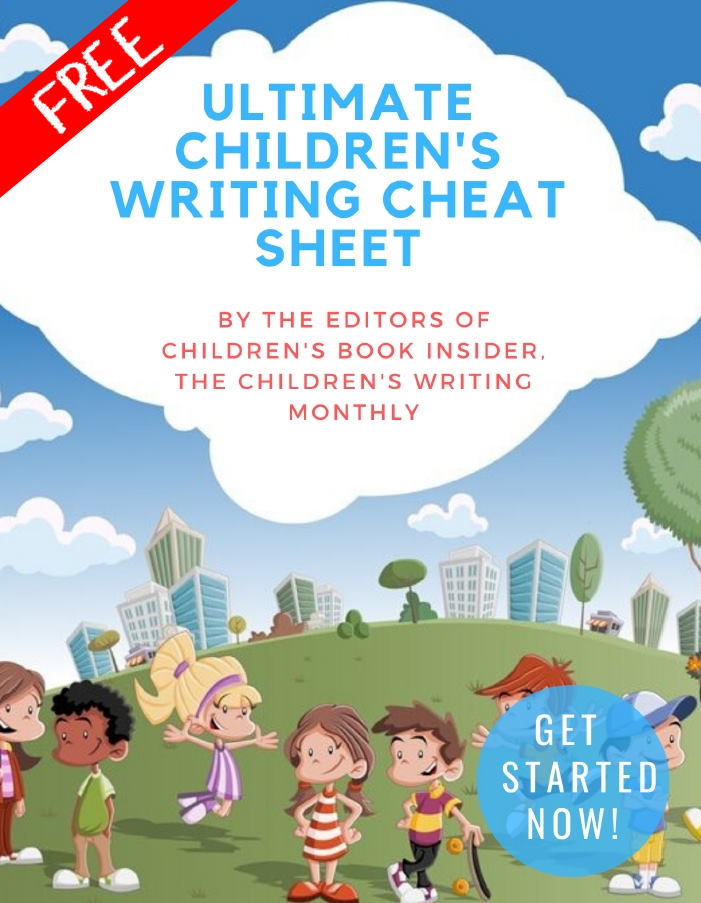
✏ Word Counts & Age Groups for Every Kidlit Category
✏ FAQs, Glossaries and Reading Lists
✏ Category-specific Tips, from Picture Books Through Young Adult Novels
✏ 5 Easy Ways to Improve Your Manuscript
✏ Writing For Magazines …and more!
This is a gift from the editors of Children’s Book Insider, and there’s no cost or obligation of any kind.
We will never spam you or share your personal information with anyone. Promise!
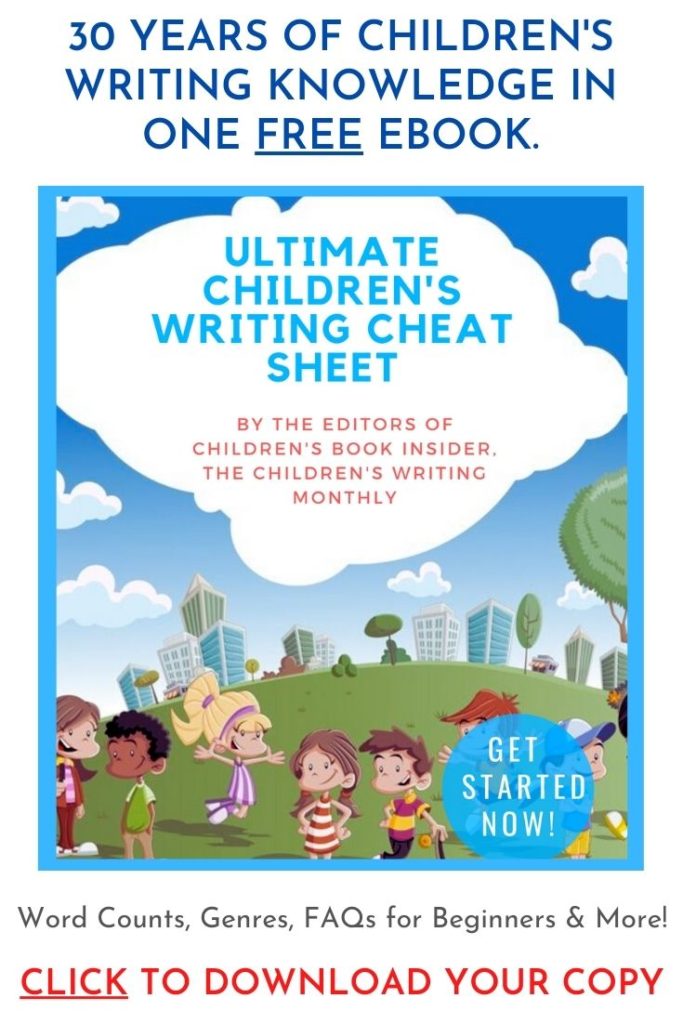
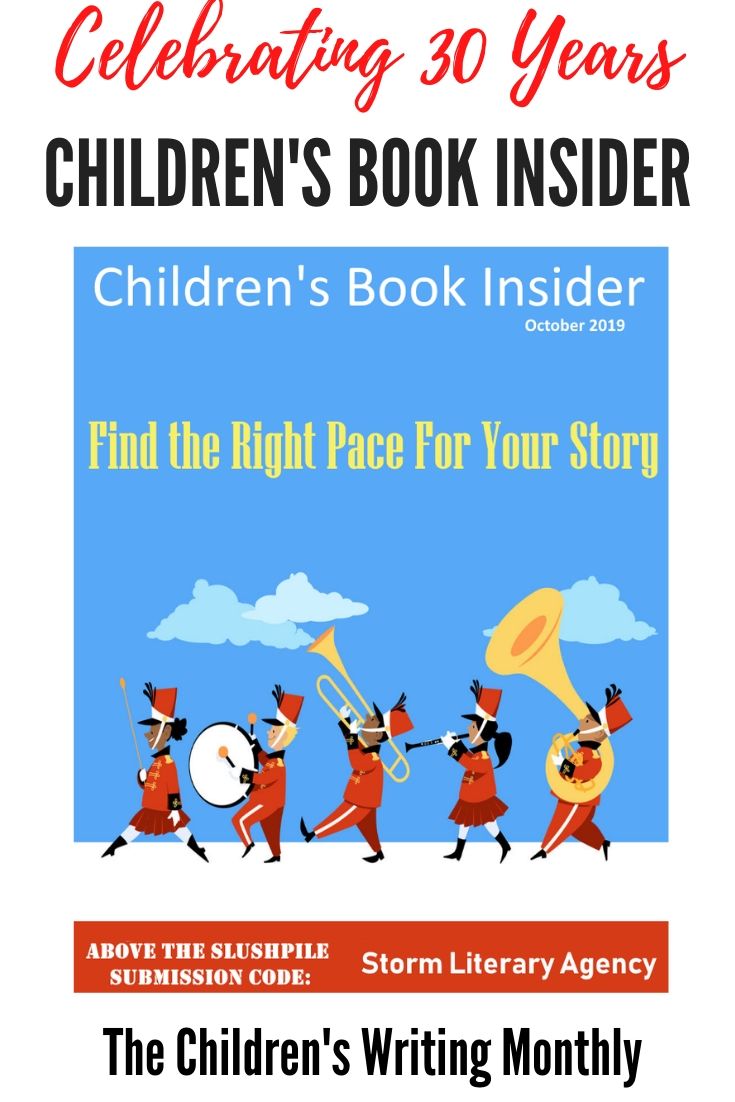
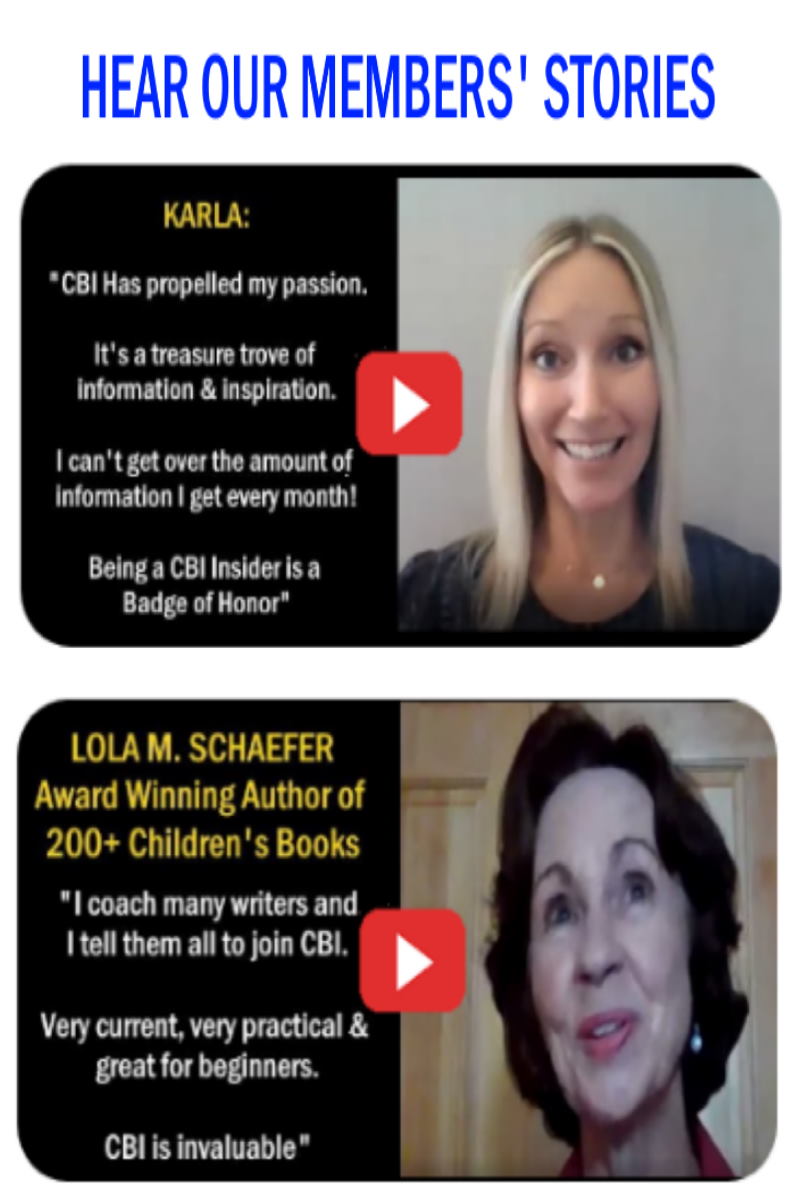
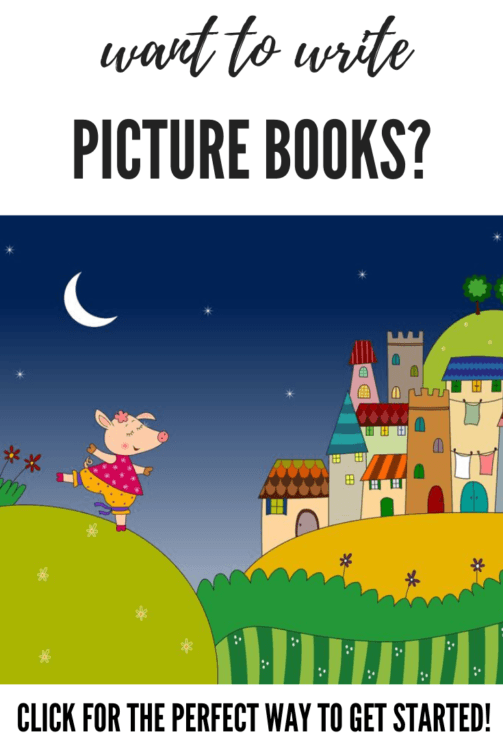


Great information. Thanks!